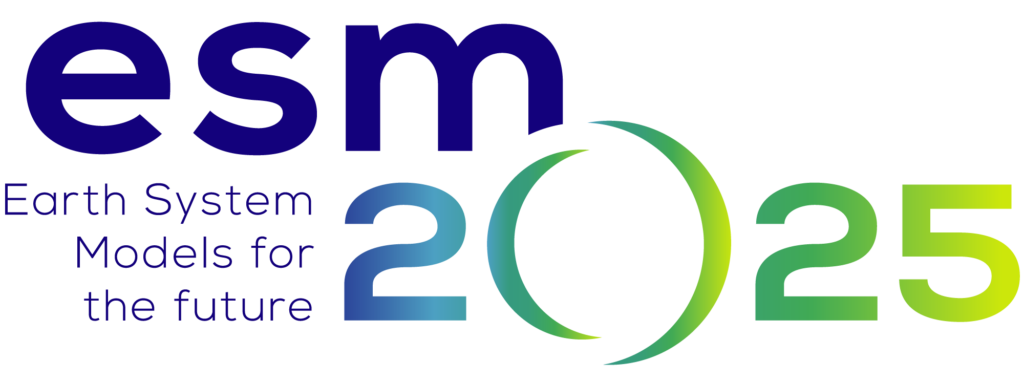Work Package 11/12 - Improving reduced-complexity carbon-cycle and climate models
Work package (WP) 11 has three key tasks: (1) to prepare the MAGICC model for an open-source release by updating and documenting the code, (2) derive new insights into climate system and carbon cycle feedbacks via ESM experiments combined with machine learning approaches and (3) prototyping a novel machine learning approach to examine land carbon cycle uncertainties.
The tasks will provide new insights into earth system dynamics, particularly radiative and carbon cycle feedbacks. These feedbacks are key for projections of future climate and the ESM development to derive further insights into these feedbacks is a flagship of this project. On top of the general scientific insights, we will use the results of work package 11 to develop and calibrate MAGICC in WP 12.
WP12 has four main tasks: (1) performing a set of perturbation experiments to explore land carbon cycle uncertainties, (2) analysis of long term carbon cycle and radiative feedback experiments from target experiments, (3) calibration of MAGICC to these new results and (4) assessment of uncertainty in carbon cycle dynamics and the degree to which these are represented in the newly calibrated MAGICC version.
Work package 12 builds on work package 11 by adding further, more targeted experiments. These experiments use a variety of tools within the project. We use the results of these experiments, as well as new ESM emissions-driven experiments including interactive methane cycles from other work packages, to examine the behaviour of, calibrate and improve two models in the reduced complexity space: OSCAR, a model with a more comprehensive carbon cycle, and MAGICC, which has a more simplified carbon cycle. The resulting updates to MAGICC will represent an important next step in our ability to assess the impact of different climate mitigation methods in a computationally efficient way, built on the insights derived from the other work packages of ESM2025.
Intitutions involved: CERFACS – co-ordination and leadership plus ESM modelling and multi-model feedback analysis; IIASA, UoM, Imperial – MAGICC development, OSCAR development, links between ESM results, MAGICC and OSCAR; MPG-MPI-BGC, DLR, University of Exeter and Met Office – prototyping a novel machine learning approach to examine land carbon cycle uncertainties (DLR and MPG-MPI-BGC only) and perturbation experiments to explore land carbon cycle uncertainties; ETH – Assessment of radiative and carbon cycle feedbacks in ESM and their representation in MAGICC and OSCAR.
WP11/12 Leaders

Benjamin Sanderson
In ESM2025, I co-coordinate CT3, which contains elements of climate projection uncertainty and simple climate model design, including idealised experiments to assess simple and complex model response to emissions driven climate change – and designs strategies for how those experiments relate to policy guidance.

Zebedee Nicholls
In ESM2025, I am co-lead of work packages 11 and 12. I have three key roles, all resulting from being one of the lead developers of the reduced complexity climate model MAGICC. The first is preparing MAGICC for its open-source release. The second is updating MAGICC to reflect the new insights generated by the ESM experiments in other work packages. The third is ensuring that these new insights flow into the policy insights generated in work package 13 via the scenario exploration experiments performed with MAGICC.
WP10/11 Milestones & Deliverables
D11.1 – 30 November 2022
Alpha version of OS-MAGICC, reproducing current scientific configuration with restructured codebase
D11.2 – 30 November 2022
Intermediate report on climate sensitivity metrics (ECS, TCR, TCRE) and improved understanding of global dynamical response (temperature, concentrations) to anthropogenic activity on multiple timescales
D11.3 – 30 November 2022
Prototype demonstration version of novel machine learning approaches to improve land surface dynamics
MS12.1 – 31 May 2023
Development of the Beta version of OS-MAGICC completed (current calibration)
MS12.2 – 30 September 2023
Completion and harmonization of multi-model idealized experiments
MS12.3 – 30 November 2023
OS-MAGICC completed (current calibration)
MS12.4 – 31 May 2024
Probabilistic reduced complexity carbon-cycle and climate model ensembles made available to assess uncertainty in land-use mitigation response and zero emission commitment
MS12.5 – 31 May 2024
Calibration of the short-lived climate forcers and surface emissions of methane in OS-MAGICC using available ESM component simulation as performed in WP1 and WP2
MS12.6 – 30 November 2024
Improved calibration of OS-MAGICC using model outputs made available by CT2, CT3 and XCA2 (including demonstration simulations)
D12.1 – 30 November 2025
Report on application of novel machine learning approaches to improve land surface dynamics and to diagnose and constrain land-climate feedbacks and uncertainties
D12.2 – 30 November 2025
Report on structural and parametric (intra-model) uncertainty in land-use carbon sequestration efficacy, fire emissions and N-deposition sensitivity
D12.3 – 30 November 2025
Report on climate sensitivity metrics (ECS, TCR, TCRE, ZEC) and improved understanding of global dynamical response (temperature, concentrations) to anthropogenic activity in emissions-driven experiments using ESM runs and OS-MAGICC
D12.4 – 30 November 2025
Documentation of the new I/O interface available on readthedocs.io

